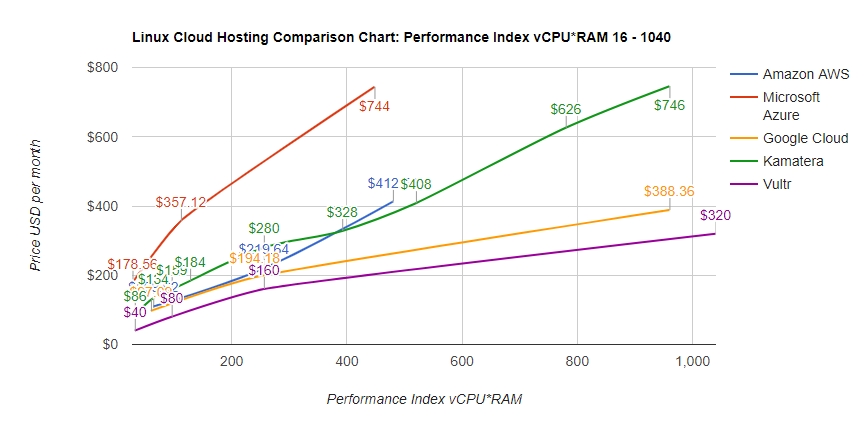1. Ignoring Cost Optimizations
Cloud costs can quickly spiral out of control if not managed properly. A startup, for example, unknowingly racked up $10,000 a month on idle AWS EC2 instances simply because they didn’t configure auto-scaling.
 |
| Photo of Linux Cloud Hosting Cost on wikipedia |
Fix: Use AWS Cost Explorer or Google Cloud’s Cost Management to track and optimize spending.
💡 Pro Tip: Schedule non-production environments (like staging) to shut down overnight.
2. Overlooking Security Best Practices
Leaving ports open or storing credentials in plaintext is a major security risk. A recent fintech company breach was traced back to an unprotected S3 bucket containing sensitive user data.
Fix: Implement IAM roles, encrypt secrets using AWS KMS or HashiCorp Vault, and conduct regular security audits.
 |
| Photo by rawpixel.com / Aew on wikipedia |
🔒 Pro Tip: Use infrastructure-as-code (IaC) tools like Terraform to enforce security policies.
3. Skipping Multi-Region Deployment
Relying on a single cloud region can lead to downtime during outages. Last year, when Microsoft’s East US data center went down, apps without failover mechanisms crashed for hours.
Fix: Design for redundancy with multi-region architectures like AWS Global Accelerator or Google Cloud Load Balancing.
🌎 Real-World Example: Netflix’s multi-region setup keeps it resilient even when AWS experiences failures.
4. Not Automating DevOps Pipelines
Manual deployments introduce human error and slow down releases. A team once spent weeks debugging a production issue caused by a missing dependency in a manual deployment.
Fix: Automate testing and deployment using CI/CD tools like GitHub Actions, Jenkins, or GitLab CI.
🚀 Bonus: Implement automatic rollback triggers for failed deployments.
5. Mishandling Data Storage
Choosing the wrong database can hurt performance. A social media app crashed when its SQL database couldn’t handle over a million real-time queries.
Fix: Select the right database for your needs:
- Relational (SQL): Best for transactions (e.g., PostgreSQL).
- NoSQL: Scalable, unstructured data (e.g., MongoDB).
- Time-Series: Ideal for IoT or analytics (e.g., InfluxDB).
6. Underestimating Latency Issues
Ignoring latency can ruin the user experience. A gaming app lost players due to high lag for Asian users, caused by servers located in Europe.
Fix: Use CDNs (Cloudflare, Akamai) and edge computing solutions like AWS Lambda@Edge.
⚡ Pro Tip: Run latency tests using tools like Pingdom or New Relic.
7. Failing to Monitor and Log
Without proper monitoring, you’re flying blind. A SaaS company didn't notice a memory leak until 80% of users experienced crashes.
Fix: Set up monitoring with Prometheus + Grafana or Datadog, and centralize logs with ELK Stack or AWS CloudWatch.
📊 Real-World Example: Spotify leverages real-time monitoring to detect and resolve server issues proactively.
8. Hardcoding Configuration Values
Hardcoding API endpoints or environment variables makes scaling painful. A development team delayed their launch by weeks while manually rewriting configs for production.
Fix: Use environment variables or cloud-native configuration services like AWS AppConfig or Azure App Configuration.
9. Neglecting Disaster Recovery (DR)
Assuming “the cloud is reliable” can be costly. A company lost critical data when a natural disaster wiped out a data center—and they had no DR plan in place.
Fix: Implement robust backup solutions like AWS Backup and test your DR plans quarterly.
🔁 Pro Tip: Follow the 3-2-1 rule—keep 3 copies of your data, store them on 2 different storage types, and have 1 offsite backup.
10. Overcomplicating Architecture
Over-engineering with excessive microservices or serverless functions can add unnecessary complexity. A startup spent months debugging a 50-micr
oservice system that could have been built as a monolith.
Fix: Start with a simple architecture and introduce microservices only when scalability requires it.
💡 Quote: “Simplicity is the soul of efficiency.” Use tools like AWS Amplify for quick prototyping.
Conclusion: Build Smarter, Not Harder
Cloud development is powerful but unforgiving. Avoid these common mistakes to save time, money, and frustration. Stay curious, test rigorously, and always prioritize scalability and security.
💬 Which mistake have you made (or barely avoided)? Share your story below!
📌 Follow CodeBlaster.tech for cloud tutorials and architecture deep dives.
